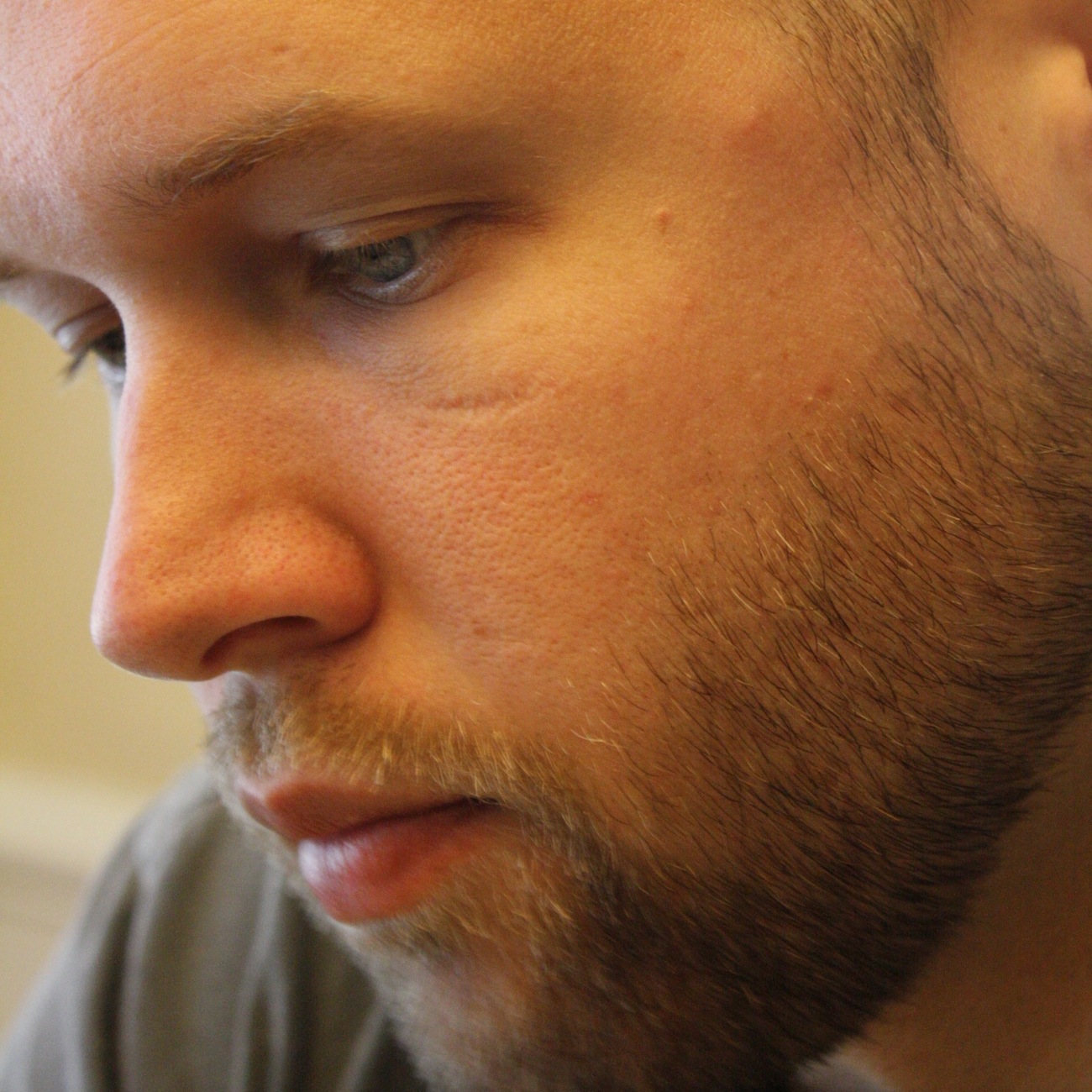We have a pretty robust history of the economics of nations and have the ability to look back through the past to determine what worked and what did not and, more importantly, why. With this ability we can dive as deep or as shallow as we want in order to decipher the causes of long gone successes and failures and ultimately to promulgate lessons learned.
So if economics is ultimately based on math and we have a very long history to learn from, why is it so hard to get it right?
The answer is surprisingly simple: situations change. The many variants that go into the performance of any given economy (including the world economy) is exceedingly complex and must be diluted down to a manageable level. Queue the limiting factor.
The concept ceteris paribus is a basic tenet of economic study which roughly translates from Latin to “all other things being equal.” Most economic models are qualified with ceteris paribus to signify that other things will likely change that are outside of the control of the particular model or problem. Without isolating a specific instance the myriad of variables that go into economic forecasting, modeling would become far too complex for most of us to comprehend. We can see ceteris paribus come into play with a simple example.
In this example we will use the production possibility frontier (PPF). Without getting into too much detail, the basics of the PPF are that countries, companies, individuals, etc., have an opportunity cost, the cost of giving one thing up for another, when producing two goods. So if China has an option of producing Corn or Semiconductors they are going to be naturally more inclined to the production of one versus the other. The PPF produces a curve that shows the trade off of producing one over the other. In our example we may see that for every $100 worth of corn produced they may only be able to produce $14 in semiconductors, all while using the same number of workers for each production choice.
This example is described under the terms of ceteris paribus since it does not account for all the other things that would and could change the output. For example, if China found that the Taiwanese economy was doing poorly and that they could easily attract skilled semiconductor workers, they may see that the PPF shifts so that the production capabilities of semiconductors is higher than that of corn, making semiconductors a better economic production choice. Likewise, the example could be altered by the fact that a new wave of college graduates is about to hit the job market, many of which are highly knowledgeable about semiconductor development but who have no knowledge of agricultural techniques. Each of these situations, while relevant, dilutes the basic principle of the PPF and the illustration of the current situation of the country.
A more tangible example comes from the ensuing mortgage and loan crisis in the United States. Other countries have already been here and this is not new stuff. Yet we still find ourselves entrenched. Why? Because the other countries’ variables are different enough from ours that what worked for them may or may not work for us. Differences in legislation, culture, region, time of the year, and, possibly most importantly, consumer mindset all play a major role in how the economy reacts to any given situation.
So when we look to the past we naturally see things under the tenet of ceteris paribus – after all the past can’t be changed. Based on this we are note afforded the opportunity to study the past under shifting situations that accurately mimic our own. Instead we can only look to the past to serve as a guide post for what may happen. The rest is up to the actions and reactions of the many variables involved.

1 Comment